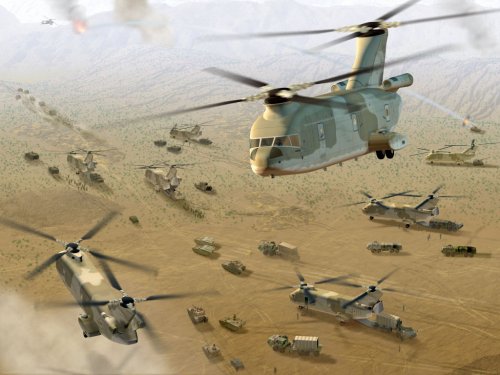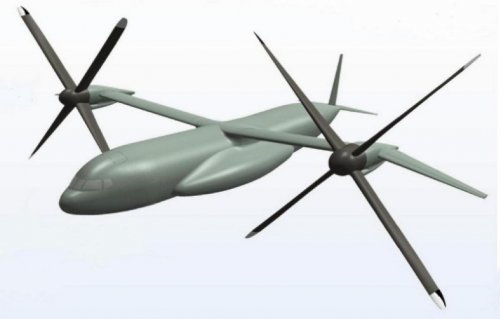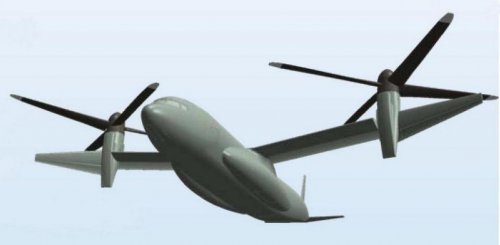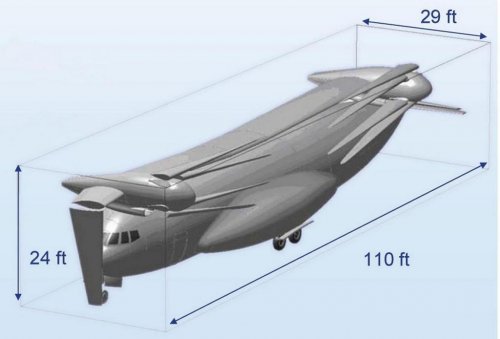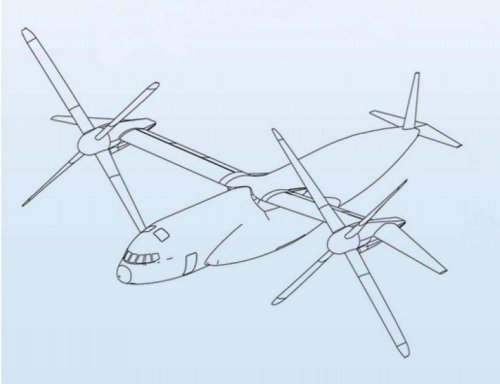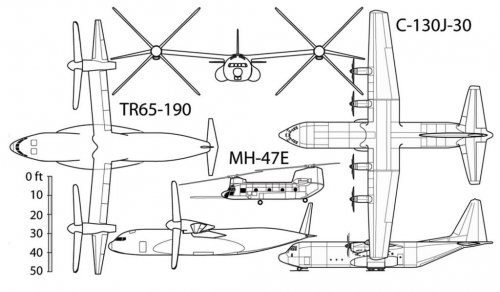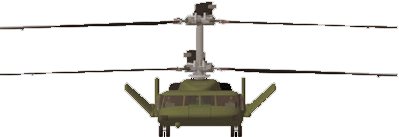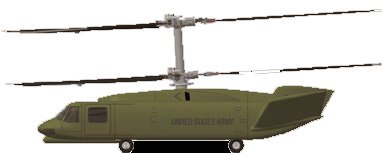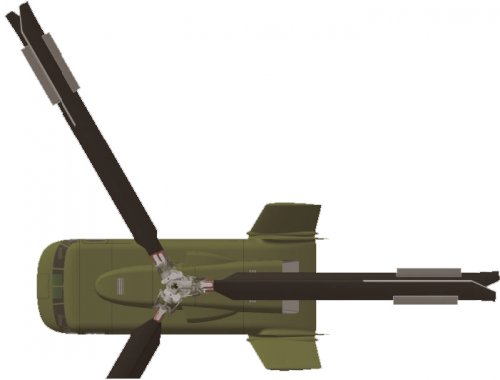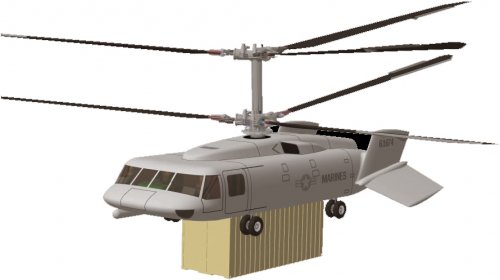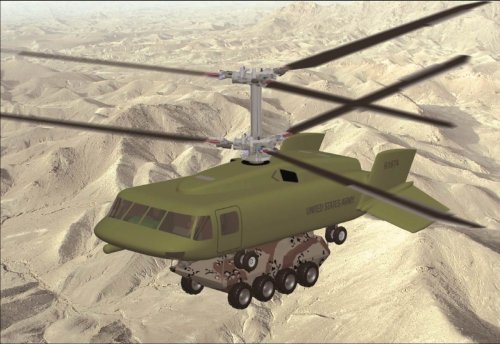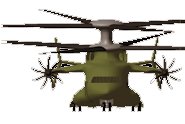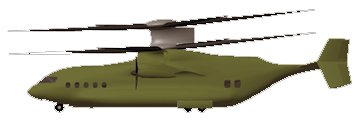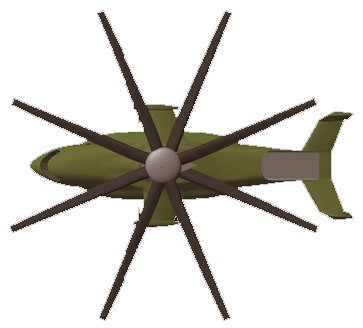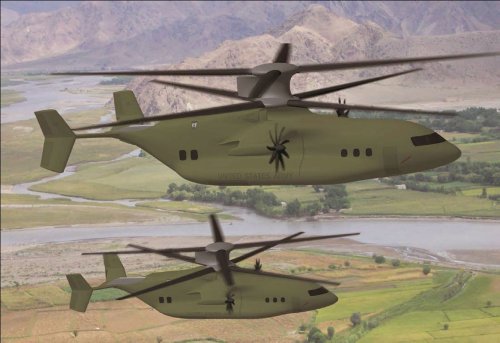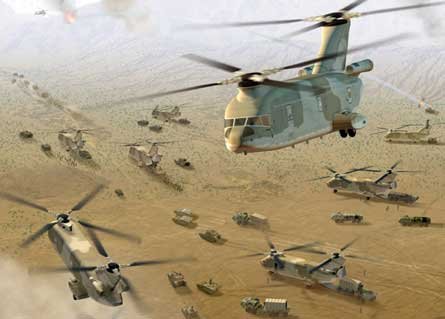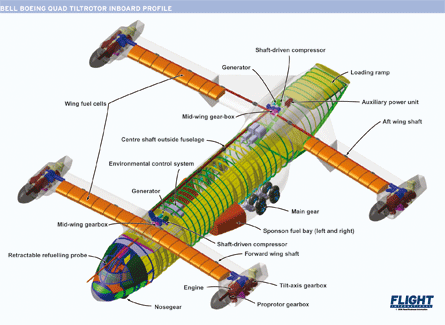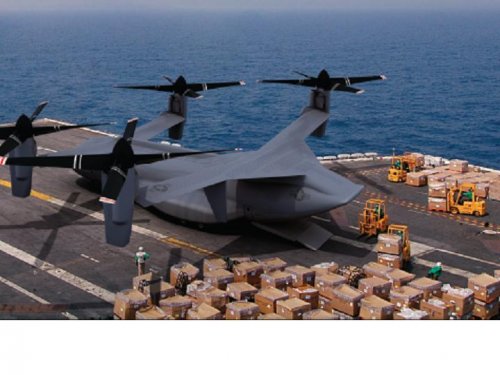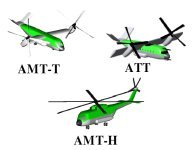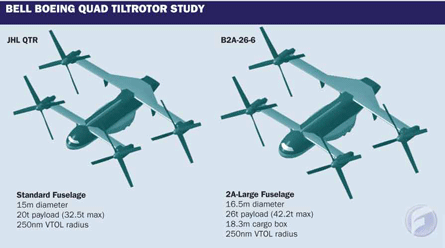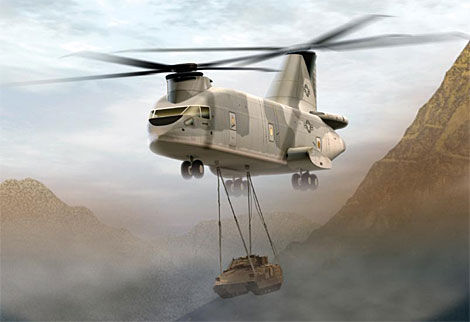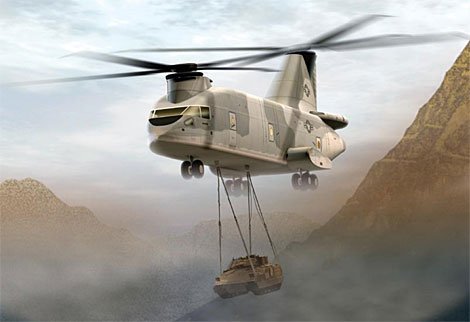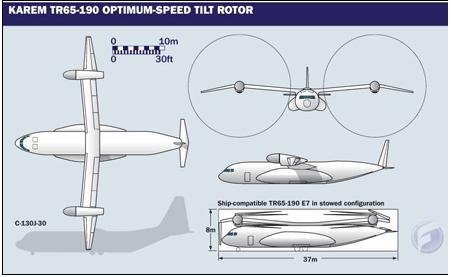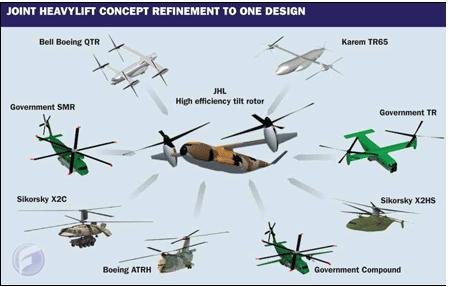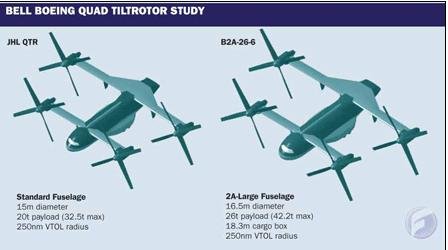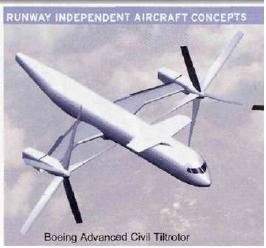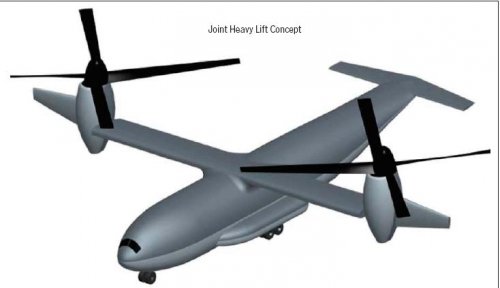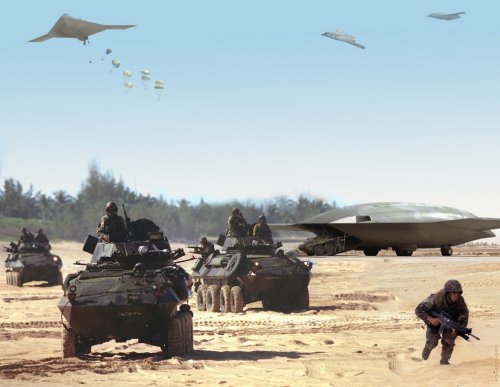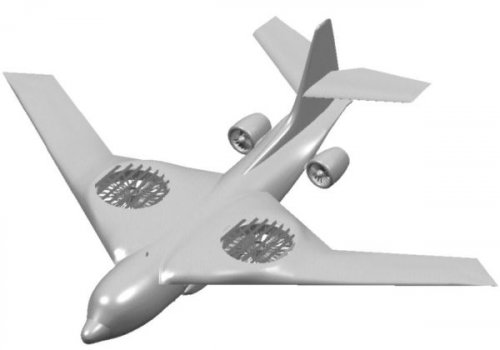- Joined
- 18 October 2006
- Messages
- 4,214
- Reaction score
- 4,924
[quote author=CammNut]JHL - US Army-led programme for a heavy-lift rotorcraft able to carry Future Combat Systems vehicles around the battlefield; this is not yet a programme of record, and might yet be merged with AJACS; four concept design and analysis contracts, now completed, covered designs in two speed ranges - the Boeing Advanced Tandem Rotor Helicopter and coaxial-rotor Sikorsky X2 Technology Crane at the lower speed; the Bell Boeing Quad Tilt Rotor and Sikorsky X2 Technology High Speed Lifter at the higher speed; and Frontier Aircraft's Optimum Speed Tilt Rotor. Karem designed the precursor to the Predator UAV and the Frontier Systems (now Boeing) A-160 Hummingbird long-endurance unmanned helicopter, which has an optimum-speed (variable RPM) rotor. There is a patent for the OSTR rotor, but I have not found anything on the overall vehicle design for JHL.[/quote]
Actually there are five JHL concepts in three speed bands.
The Sikorsky X2 Lifter and Boeing ATRH (Advanced Tandem Rotor Helicopter) at <170 knots
The Sikorsky X2 High Speed Lifter in the 170-240 knot band
The Bell/Boeing QTR (Quad Tilt Rotor) and Karem Industries OSTR (Optimum Speed Tilt Rotor) in the 240-300(+) band.
All of the teams are now finishing their work on their concept aircraft.
As to the USAF doing ESTOL... exceedingly doubtful. Best they will do is STOL. Unless dictated to by outside forces they will not do SSTOL, ESTOL, or VTOL for a lifter.
On JMR, it may be an attack airframe, but there is also a more ambitious program to make it a common airframe for both attack and utility missions. This could range from just dynamic components (rotors, drivetrain, engines) on mission specific airframes or a return to a (Armed Utility and/or Mi24) concept that would fill a multitude of missions.
Actually there are five JHL concepts in three speed bands.
The Sikorsky X2 Lifter and Boeing ATRH (Advanced Tandem Rotor Helicopter) at <170 knots
The Sikorsky X2 High Speed Lifter in the 170-240 knot band
The Bell/Boeing QTR (Quad Tilt Rotor) and Karem Industries OSTR (Optimum Speed Tilt Rotor) in the 240-300(+) band.
All of the teams are now finishing their work on their concept aircraft.
As to the USAF doing ESTOL... exceedingly doubtful. Best they will do is STOL. Unless dictated to by outside forces they will not do SSTOL, ESTOL, or VTOL for a lifter.
On JMR, it may be an attack airframe, but there is also a more ambitious program to make it a common airframe for both attack and utility missions. This could range from just dynamic components (rotors, drivetrain, engines) on mission specific airframes or a return to a (Armed Utility and/or Mi24) concept that would fill a multitude of missions.

